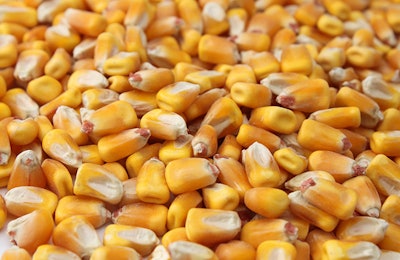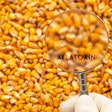
The Nutriad 2017 mycotoxin survey concluded that the year’s harvest of corn in Spain was of medium quality (>LOQ but below EU recommendation levels) in terms of mycotoxin contamination. The exceptions were the very high average and the maximum concentrations of aflatoxin B1, which clearly exceeded the concentration permitted in the EU in feed materials.
Due to the unexpected very high average and maximum concentrations of aflatoxin B1, the 2017 corn crop in Spain should not be considered safe for inclusion into finished feed rations for dairy milk producers and a degree of vigilance is prudent.
The survey included 121 corn samples from across Spain. All samples were collected almost immediately after the harvest from farms or animal feed production sites. More than 480 analyses were conducted to test for the occurrence of the four mycotoxins most frequently found in agricultural commodities intended for animal production: aflatoxin B1 (AfB1), zearalenone (ZEN), deoxynivalenol (DON) and fumonisins (FUM) (sum of fumonisin B1 and fumonisin B2).
Mycotoxins are a structurally diverse group of mostly small molecular weight compounds, produced mainly by the secondary metabolism of some filamentous fungi, or molds, which under suitable temperature and humidity conditions, may develop on various foods and feeds, causing serious risks for human and animal health that are well documented.
The last possible line of defense is the detoxification of mycotoxins in vivo. The addition of proven mycotoxin deactivators to animal feeds is a very common method to prevent mycotoxicosis and is an effective strategy to keep mycotoxin risk low under any and all conditions.

















